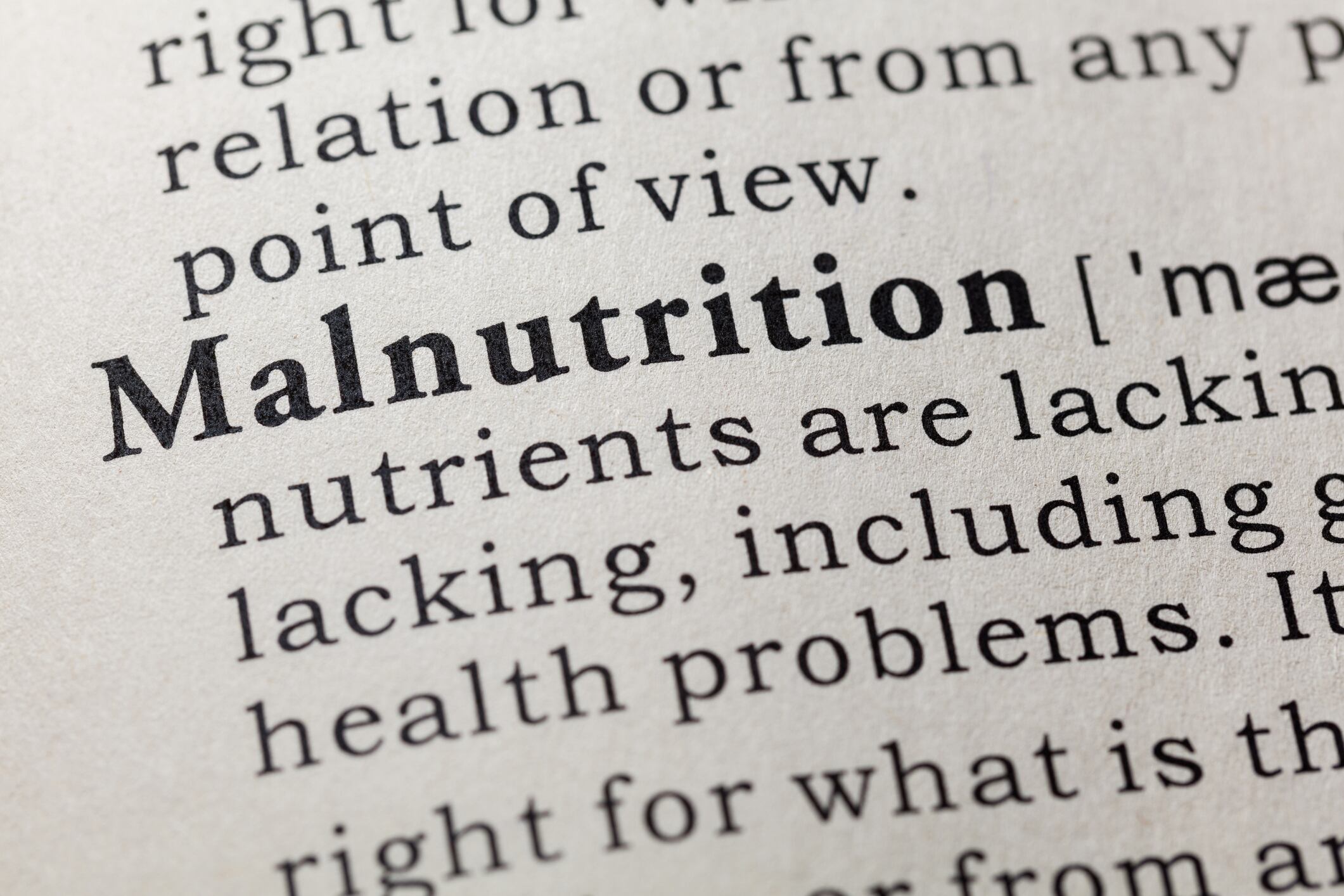This was the conclusion of an expert panel at the Gulfood 2023 event in Dubai discussing food fortification for consumers, comprising DSM EMEA and South Asia Business Development Manager Sridhar NB and BASF Middle East Food Fortification Lead Suliman Daraghmah.
Although many food firms have been looking at the fortification of products with vitamins, minerals and other functionalities to improve their appeal, the panel found that the only way for fortification to really make a difference to public health would be via staple foods.
“Over three billion people worldwide cannot afford healthy diets, especially when these tend to be about five times more expensive than diets that serve to just meet energy needs alone,” Daraghmah told the floor.
“To really make an impact, there is a need to not only fortify foods to increase their nutritional value, but also increase public access to these foods – which means that the foods selected for fortification must be common across the population.
“This would mean adding micronutrients to everyday foods, like Vitamin A to sugar or Vitamin D to oil – but also ensuring that the taste and colour of these are not affected to prevent consumers from rejecting these.”
Sridhar added that especially in countries with large populations such as India, the fortification of foods has been recognised as a public effort, with various staple foods such as salt, rice and wheat flour having seen fortification on a mass scale over the past few years.
“To make a difference via fortification means needing to fortify in the millions of tons in a country such as India – this requires incorporating the nutrients higher up in the value chain and building the required capacity to do so, which is where the government plays a very crucial role,” he said.
“There is also the need to conduct consistent testing of these fortified staples to ensure the food safety aspect of this, and this means that lab testing capacity is also very important.
“This also means that quality standards need to be set for product fortification, so as to ensure both the safety and quality of the products entering the food system.”
A similar strategy is being employed in China, which recently announced a detailed proposal to mandate the nutritional fortification of various staple foods from dairy to rice, wheat flour and oil.
Affordability as major consideration
Practical implementation aside, the fortification of staple foods at a governmental level is also important to ensure the affordability and accessibility of these to the public.
“Food fortification may appear on the surface to be a cheap endeavour by just adding in the micronutrients – but in reality, making this effective is an expensive undertaking,” Sridhar added.
“For example, shelf life is a very major consideration when it comes to fortification because there is a lot of work that needs to be done to ensure that the shelf life is not affected.
“We know that adding something like Vitamin A can reduce the shelf life of the fortified product from two years to one year, and this is a shortcoming that needs to be overcome otherwise it will not be possible to get widespread industry support.
“This is work that requires a lot of research and development, and also needs to reach many people in order to be effective, so it is very important to get the adoption of more governments to maximise the impact.”





